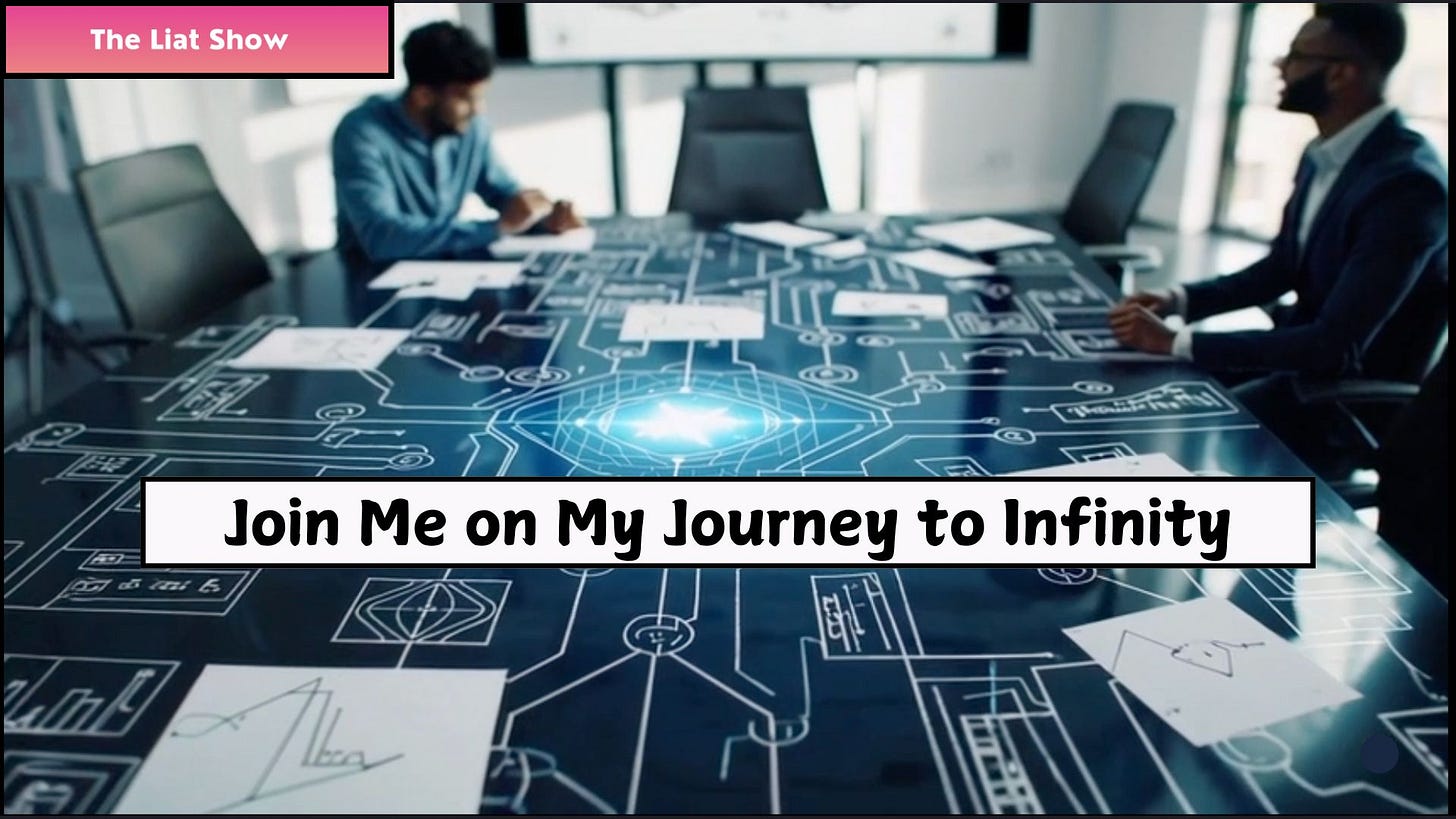Why Startups Need Architects Before They Need Strategists
A Story Unfolding Across Timelines.
Current Time.
I wear many hats in my day job. One of them is a business development strategist, but I think the more accurate title for what I do is a business development architect. Strategy is a plan to achieve a long-term goal and is, therefore, more suitable for a company with a solid product or service. However, for early-stage startups, business development services synthesize many aspects without necessarily being focused on the long term.
Strategy is a bird’s-eye view. When developing a strategy, the map is already drawn, and you can see where players are moving, watch the market shift, and make decisions from above. In this position, you can gain perspective on how to act because many parts of the game are already known. Decisions are made based on changing market parameters, and you can visually see how different players operate in the space.
Architecture is a ground-up plan. Developing an architectural plan requires studying the ground, testing the soil, finding solid anchor points, designing the blueprints, and starting to build from scratch. When architects start working, there is no map. Architects draw the initial map, which develops according to market demand. Similar to what happens in the construction of buildings and urban planning, architects can see visions beyond imagination.
Architects create something out of nothing. Strategists play with known existing tools, which can be either constant or variable. One navigates. The other creates. Strategists play chess. Architects carve the board.
Architects are closer to the raw materials. They work where things are still undefined. They create structure. Strategists are closer to the map. They navigate structure. They optimize direction.
An architect shapes reality. A strategist shapes movement inside reality.
My father is an architect of buildings, so as the second generation, I absorbed many of his thinking patterns, even if I didn’t formally study architecture at the university.
Second-generation usually inherit their parents' ways of seeing the world, even without attending university to study their profession. Children of architects inherit the courage to build and a comfort with uncertainty, while children of strategists inherit the skill to navigate smartly within complex systems.
In the journey to find product-market fit, startups need to develop a market; therefore, the role of architects is essential. Architects learn the landscape, conduct analyses, speculate, question, and develop routes that many doubt but eventually pave paths that will become highways.
I do not follow exclusively the ICP that a startup defines, since this ICP may change based on the first customers. Therefore, I expand my conversation to include key people, executives, and professionals who can evaluate or provide insight into the potential of the new software product. Here, the magic happens. When they connect it in various ways to the business operations, sometimes in ways that were not even considered when the founders developed the GTM plan.
This is where new markets are born, not from following plans, but from listening differently and building what was missing all along. Just like my father drew buildings before the land was ready, I draw paths before the market is prepared. Different fields. Same instincts. Finding product-market fit isn’t about executing a perfect plan. It’s about having the courage to build when the road isn't even paved yet. In the early stages, you don’t need more assumptions. You need architects who are willing to listen, carve, and build what doesn’t exist yet. Once the first real map emerges from the ground, strategy can take over. But until then, architecture leads the way.
As I prepare for another intense week of conversations and exploration at the RSA Conference, the world's largest and most significant cybersecurity event, this perspective feels even more important.
The RSA Conference is taking place in San Francisco this week. It’s going to be a busy week to network, learn, and meet friends I haven’t seen in a while. The food and alcohol sometimes make the attendees forget that this is a work week, but I remember. That's what happens when I run my own business, I never forget that this week is no leisure.
If you are attending the conference or know someone who is, please share this piece with them. I would love to meet you or your friends here.
Please fasten your seatbelts and subscribe.
Unlock my potential to write the next great chapter in the most extraordinary story ever told. Your support would make a big difference in taking this journey to the next level.
Follow me on My Journey to Infinity to find out. It will be more beautiful than you could ever imagine.
Liat
In this journey, I weave together episodes from my life with the rich tapestry of Israeli culture through music, food, arts, entrepreneurship, fiction, and more. I write over the weekends and evenings and publish these episodes as they unfold, almost like a live performance.
Each episode is part of a set focused on a specific topic, though sometimes I release standalone episodes. A set is released over several days to make it easier for you to read during your busy workday. If one episode catches your attention, make sure to read the entire set to get the whole picture. Although these episodes are released in sets, you can read the entire newsletter from the beginning, as it flows smoothly, like music to your ears - or, in this case, your eyes.





